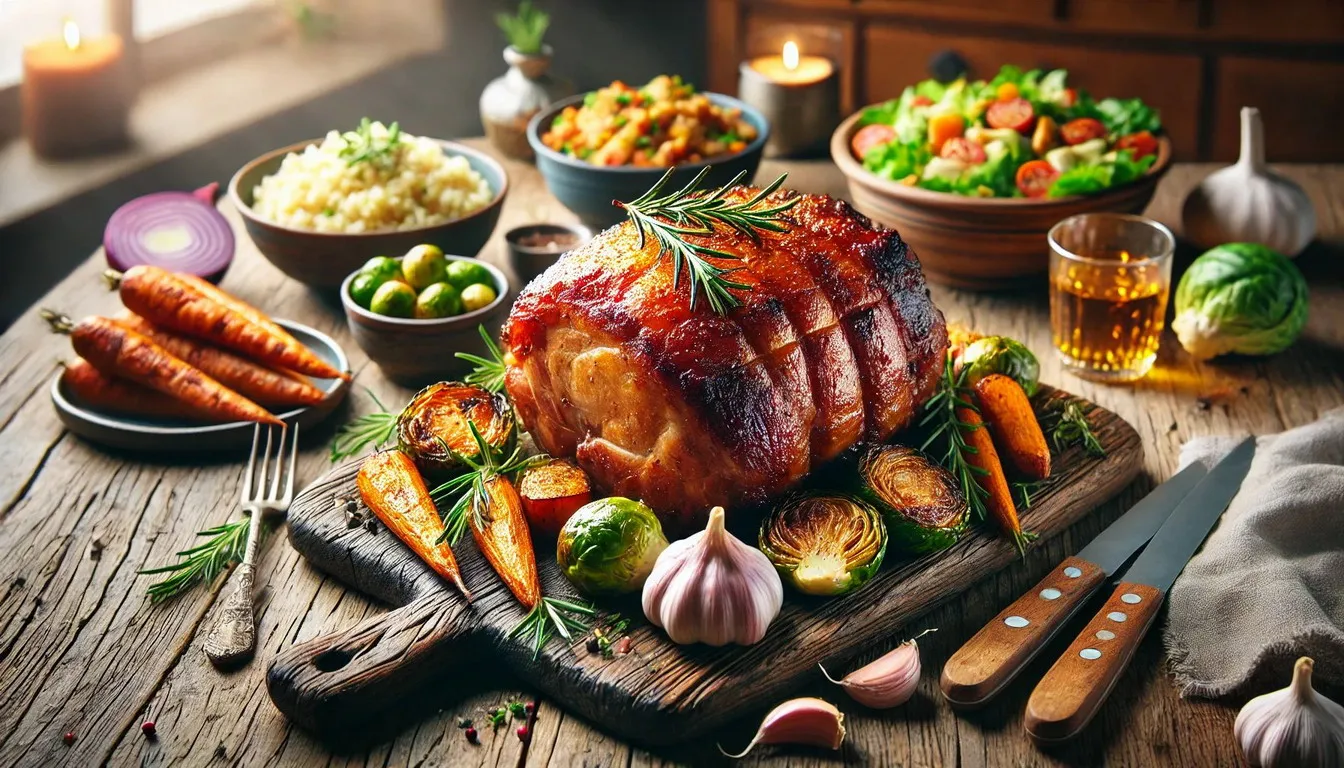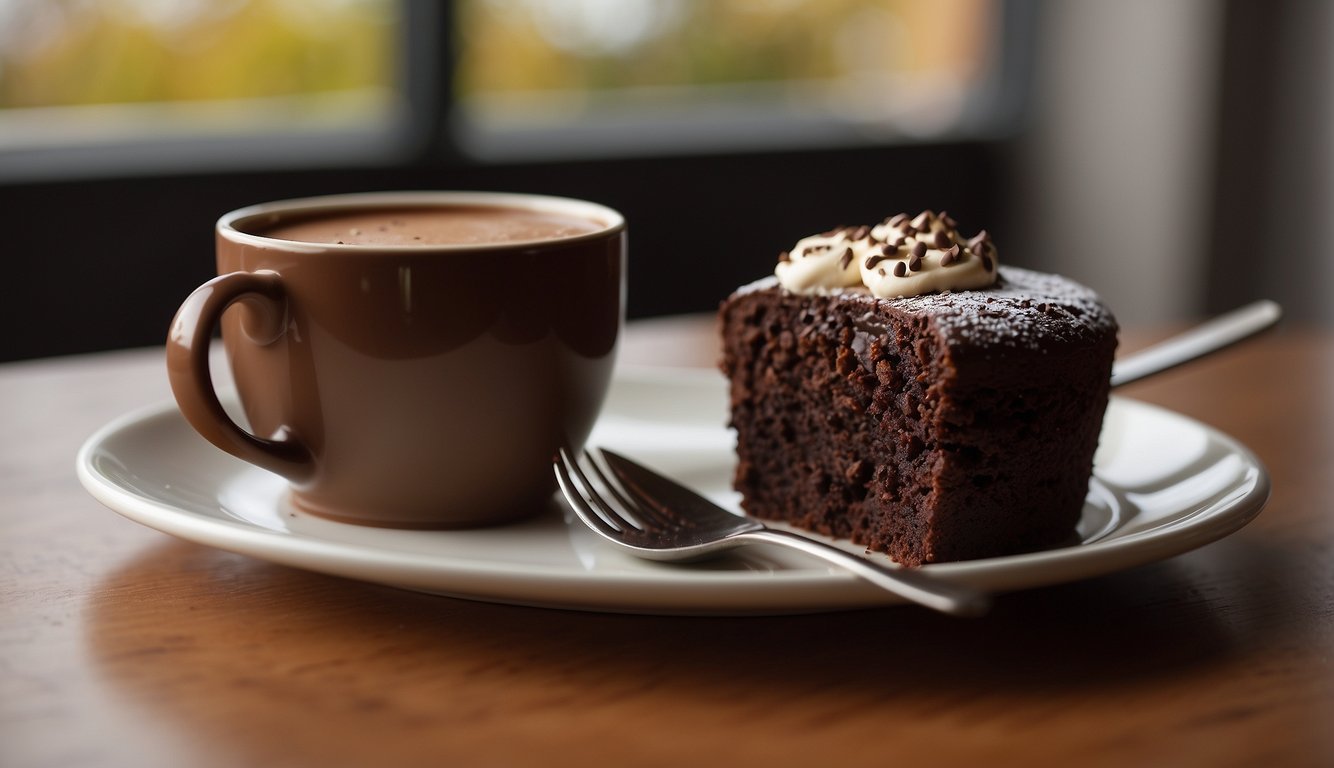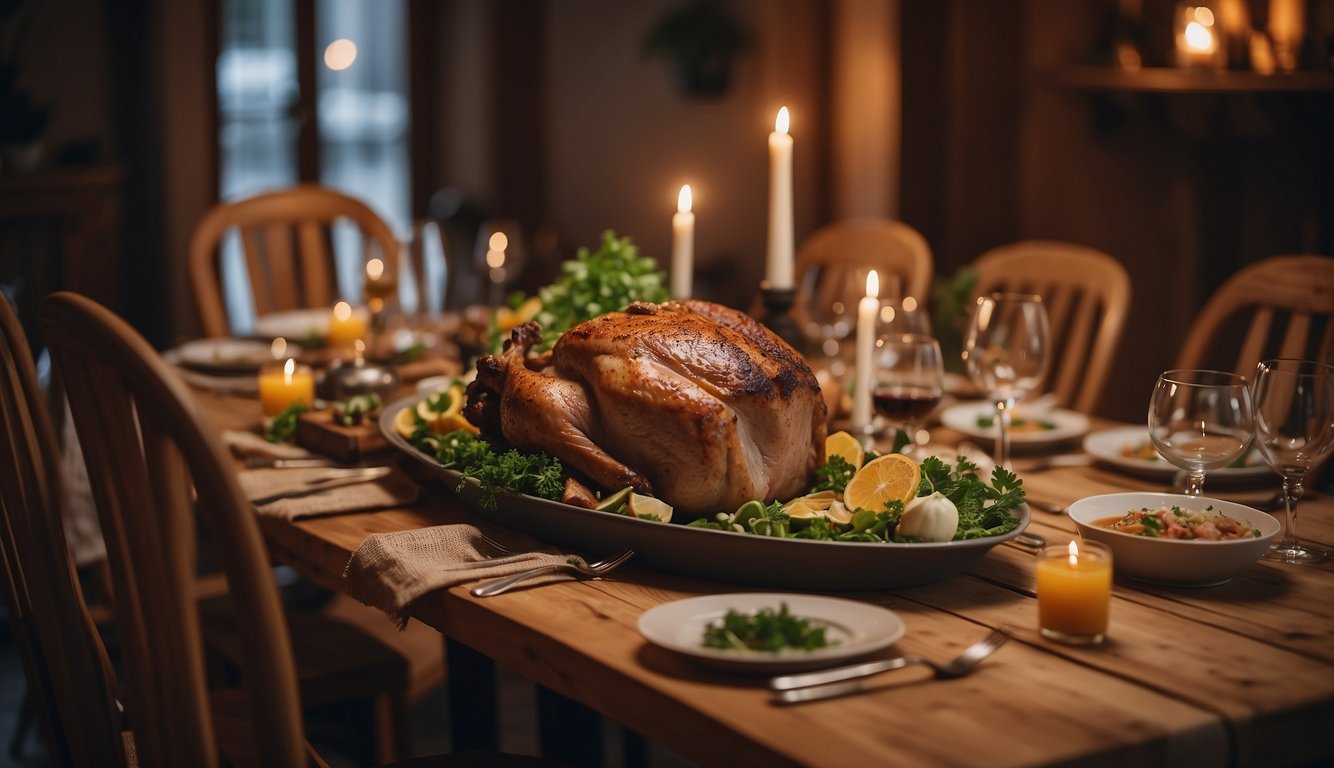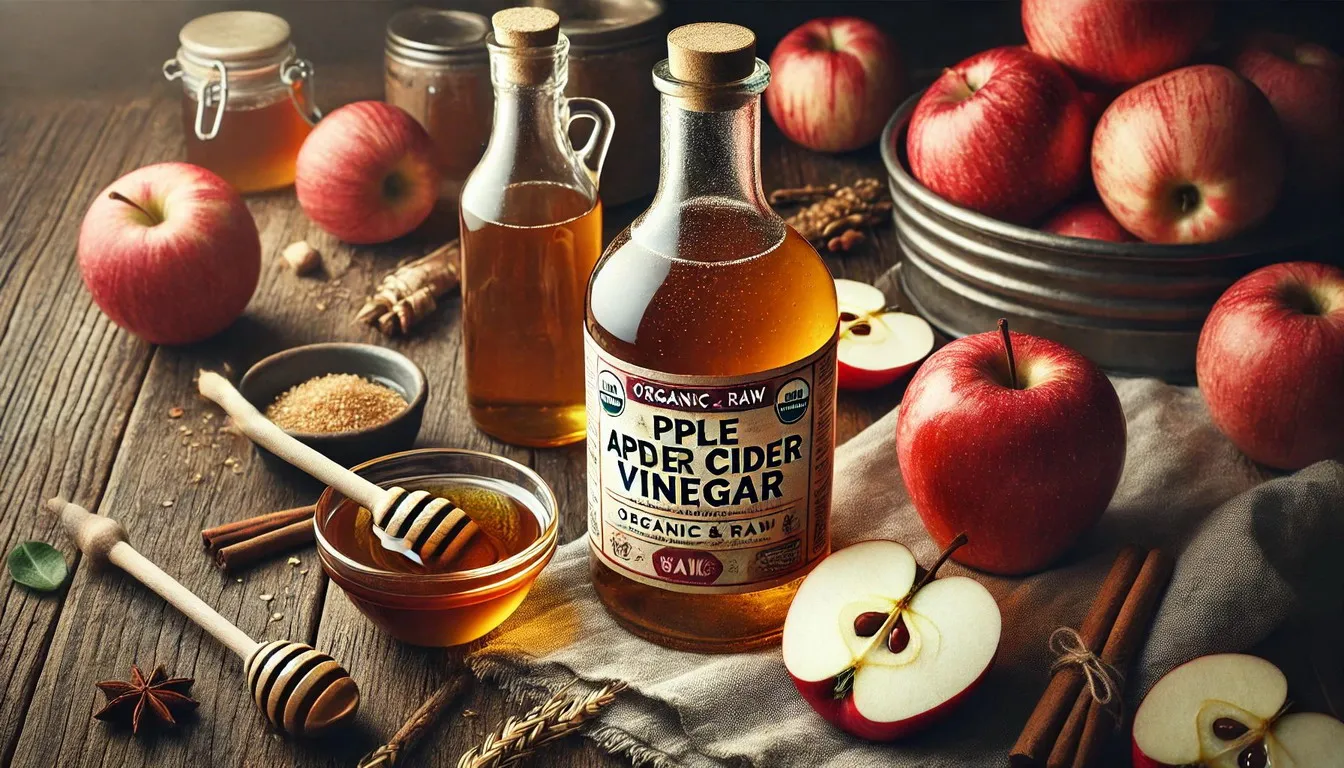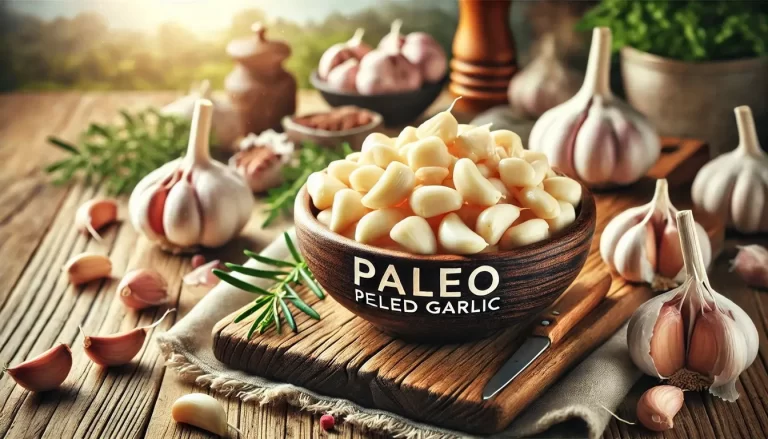The Paleo diet, often referred to as the “caveman diet,” emphasizes whole foods that our hunter-gatherer ancestors might have eaten. This includes lean meats, fish, fruits, vegetables, nuts, and seeds while excluding processed foods, grains, legumes, and dairy. One staple of this diet is pork shoulder, a versatile and nutritious cut of meat that fits perfectly into Paleo guidelines. This article will explore everything you need to know about Paleo pork shoulder, from selecting and preparing it to delicious recipes and health benefits.
Understanding Pork Shoulder
Cut of Meat
Pork shoulder, also known as pork butt or Boston butt, comes from the upper part of the pig’s front leg. It is a well-marbled cut, meaning it has a good amount of fat interspersed with the muscle, making it ideal for slow cooking methods that render the fat and tenderize the meat. This cut is distinct from the pork loin and pork belly, offering a unique flavor and texture.
Nutritional Profile
Pork shoulder is rich in protein and healthy fats, providing essential nutrients like B vitamins (B6 and B12), iron, zinc, and selenium. A typical 3-ounce serving of pork shoulder contains about 22 grams of protein, making it an excellent choice for muscle repair and growth. The fats in pork shoulder are predominantly monounsaturated and polyunsaturated, which are beneficial for heart health when consumed in moderation.
Choosing the Right Pork Shoulder
When selecting pork shoulder, opt for cuts from pasture-raised pigs, which are often more flavorful and contain healthier fat profiles due to their diet and lifestyle. Look for a good balance of meat and fat, with a uniform color and firm texture. Fresh pork should have a mild smell; avoid any cuts with a sour or off odor.
Preparing Pork Shoulder
Preparation Techniques
To prepare pork shoulder, start by trimming any excess fat and cutting it into manageable pieces if necessary. For enhanced flavor, marinate the pork shoulder using Paleo-friendly ingredients like olive oil, apple cider vinegar, garlic, herbs, and spices. Allow the meat to marinate for at least a few hours, or overnight for the best results.
Cooking Methods
- Slow Cooking: This method involves cooking the pork shoulder at a low temperature for an extended period, usually in a slow cooker or a covered pot in the oven. Slow cooking breaks down the connective tissues, resulting in tender, juicy meat.
- Roasting: Roasting pork shoulder in the oven at a high temperature can create a crispy exterior while keeping the inside moist. Start by searing the meat on all sides in a hot pan, then transfer it to the oven to finish cooking.
- Smoking: Smoking adds a rich, smoky flavor to pork shoulder. This method requires a smoker or a grill set up for indirect heat and can take several hours, depending on the size of the cut.
- Instant Pot/Pressure Cooking: This method significantly reduces cooking time while still delivering tender results. Use the sauté function to brown the meat first, then cook on high pressure.
Paleo-Friendly Marinades and Rubs
- Herb and Garlic Marinade: Combine olive oil, minced garlic, fresh rosemary, thyme, and oregano, salt, and pepper.
- Spicy Citrus Marinade: Mix orange juice, lime juice, chili powder, cumin, garlic, and olive oil.
- Dry Rub: Blend paprika, garlic powder, onion powder, black pepper, and a touch of cayenne.
Paleo Pork Shoulder Recipes
Slow Cooker Pork Shoulder
Ingredients:
- 4 lbs pork shoulder
- 2 tbsp olive oil
- 1 large onion, sliced
- 4 cloves garlic, minced
- 1 cup chicken broth
- 2 tbsp apple cider vinegar
- 1 tbsp smoked paprika
- Salt and pepper to taste
Instructions:
- Season the pork shoulder with salt, pepper, and smoked paprika.
- In a large skillet, heat olive oil over medium-high heat and sear the pork shoulder on all sides until browned.
- Transfer the pork to the slow cooker and add the onion, garlic, chicken broth, and apple cider vinegar.
- Cook on low for 8-10 hours or until the meat is tender and easily pulls apart.
- Shred the pork with two forks and mix with the juices in the slow cooker. Serve with Paleo-friendly sides.
Roasted Pork Shoulder
Ingredients:
- 4 lbs pork shoulder
- 2 tbsp olive oil
- 4 cloves garlic, minced
- 2 tbsp fresh rosemary, chopped
- 2 tbsp fresh thyme, chopped
- Salt and pepper to taste
Instructions:
- Preheat the oven to 425°F (220°C).
- In a small bowl, combine garlic, rosemary, thyme, olive oil, salt, and pepper to make a paste.
- Rub the paste all over the pork shoulder.
- Place the pork on a rack in a roasting pan and roast for 30 minutes.
- Reduce the oven temperature to 325°F (165°C) and continue roasting for 2-3 hours, or until the internal temperature reaches 195°F (90°C).
- Let the pork rest for 15 minutes before slicing and serving.
Pulled Pork Shoulder
Ingredients:
- 4 lbs pork shoulder
- 2 tbsp olive oil
- 1 large onion, sliced
- 4 cloves garlic, minced
- 1 cup Paleo-friendly barbecue sauce
- 1 cup chicken broth
Instructions:
- Season the pork shoulder with salt and pepper.
- In a large skillet, heat olive oil over medium-high heat and sear the pork shoulder on all sides until browned.
- Transfer the pork to a slow cooker and add the onion, garlic, barbecue sauce, and chicken broth.
- Cook on low for 8-10 hours or until the meat is tender and easily pulls apart.
- Shred the pork with two forks and mix with the juices and sauce in the slow cooker. Serve on lettuce wraps or with Paleo-friendly buns.
Serving Suggestions
Accompaniments
Pair your pork shoulder with a variety of Paleo-friendly side dishes:
- Roasted Vegetables: Carrots, Brussels sprouts, and sweet potatoes roasted with olive oil and herbs.
- Cauliflower Rice: Light and fluffy, seasoned with garlic and parsley.
- Salads: Fresh greens with avocado, nuts, and a light vinaigrette.
Meal Ideas
- Breakfast: Use leftover pork shoulder to make a hearty hash with sweet potatoes, bell peppers, and onions.
- Lunch: Create a refreshing salad with pulled pork, mixed greens, cherry tomatoes, and a lemon-tahini dressing.
- Dinner: Serve roasted pork shoulder as the main course with a side of steamed broccoli and a baked sweet potato.
Leftover Ideas
Leftover pork shoulder can be stored in an airtight container in the refrigerator for up to 4 days or frozen for up to 3 months. Here are some creative ways to use it:
- Tacos: Use lettuce leaves as taco shells and fill with pulled pork, avocado, and salsa.
- Stir-Fry: Add shredded pork to a stir-fry with mixed vegetables and a coconut aminos-based sauce.
- Soup: Make a hearty pork and vegetable soup with broth, carrots, celery, and kale.
Health Benefits and Considerations
Health Benefits
Pork shoulder is an excellent source of protein, which is essential for muscle building and repair. It also provides healthy fats that are important for energy and brain function. The B vitamins found in pork shoulder support metabolism and energy production, while minerals like iron and zinc play vital roles in immune function and overall health.
Considerations
While pork shoulder is nutritious, it should be consumed in moderation as part of a balanced diet. Overconsumption of any single type of meat can lead to dietary imbalances. Additionally, ensure you are using Paleo-approved ingredients and avoiding processed foods to maintain the integrity of your diet.
FAQ Section
Q: Can I use pork shoulder in other Paleo recipes? A: Absolutely! Pork shoulder is versatile and can be used in stews, casseroles, and even grilled dishes. Just ensure the other ingredients are Paleo-friendly.
Q: Is pork shoulder a lean cut of meat? A: Pork shoulder is not as lean as cuts like pork loin, but its higher fat content makes it ideal for slow cooking methods that render the fat and create tender, flavorful dishes.
Q: How do I store cooked pork shoulder? A: Store cooked pork shoulder in an airtight container in the refrigerator for up to 4 days or freeze it for up to 3 months. Reheat it gently to avoid drying out the meat.
Q: Can I use a pressure cooker to make pork shoulder? A: Yes, a pressure cooker or Instant Pot can significantly reduce cooking time while still delivering tender, flavorful pork shoulder. Follow the manufacturer’s instructions for cooking times and settings.
Q: What are some Paleo-friendly sides to serve with pork shoulder? A: Great Paleo sides include roasted vegetables, cauliflower rice, fresh salads, and baked sweet potatoes.
Pork shoulder is a fantastic addition to the Paleo diet, offering rich flavor, versatility, and numerous health benefits. Whether slow-cooked, roasted, or pulled, this cut of meat can be prepared in various delicious ways that align with Paleo principles. We encourage you to try the recipes provided and experiment with your own variations. Share your experiences and join the Paleo community in enjoying this nutritious and satisfying protein source.
